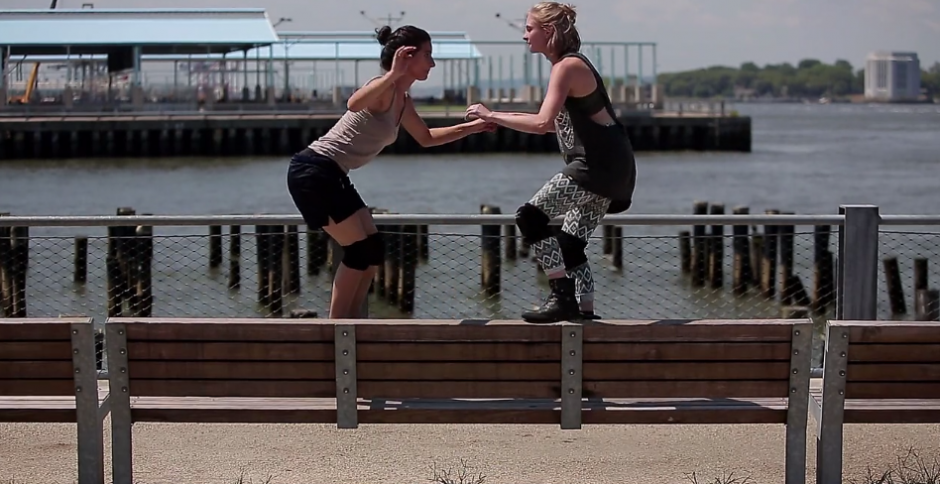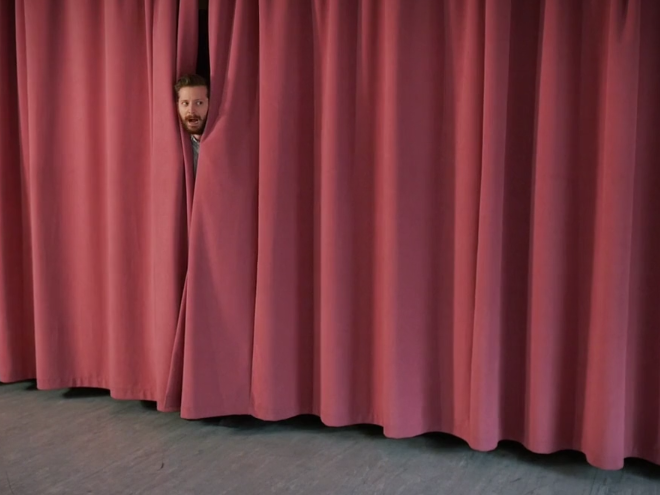I saw it first!
If you’re a theatregoer attending a preview, congratulations! You are an integral part of a production’s creative process.
Public performances that take place after a show’s rehearsal period and before its scheduled opening are known as previews. Live theatre is a complex recipe comprised of writing, directing, acting, design, and production management. But until its final ingredient — an audience — is added, a creative team may not know what works on stage, what requires fine-tuning, and what, in some cases, needs dramatic rewrites or changes.
That means that the early theatregoing bird catches a glimpse of the development process (often for a lower price than a post-opening ticket). What audiences see at previews may differ from the final product, or even from one preview to the next. As tweaks to staging or timing are made night after night, reactions from the crowd provide directors with crucial insights that may inspire further alterations. Theatre is a living, breathing thing — someone needs to be there to respond to it.
For example, several casting and musical switch-ups took place during the early development of Stephen Schwartz’s hit Wicked at San Francisco’s Curran Theatre in 2003. In previews the soon-to-be Wicked Witch’s first big solo was changed from “Making Good” to its current number, “The Wizard and I.” The effusive reception from the first audience to hear it confirmed for the creators that the song was necessary in shaping the character and her story.
When a show officially opens, it has been set in stone (or “frozen”). Nowadays members of the press usually attend the final previews in order to time their reviews with opening night. So a production’s preliminary audiences serve as its unofficial critics, generating the earliest buzz with their own opinions.
Of course, previews also help directors and crews work out kinks. Spider-Man: Turn Off the Dark infamously delayed opening night for almost half a year — 182 performances, the longest preview period in history — while news of technical malfunctions and the high-flying cast’s injuries inspired lots of gossip within the Broadway community.
And although it is rare, there are examples of shows shuttering prior to opening night. (Farrah Fawcett’s 2003 Broadway debut fizzled when Bobbi Boland closed after seven previews, and the Mary Tyler Moore-led musical Breakfast at Tiffany’s in 1966 survived only four.) Just think: If you ever attend a preview of a show that fails to make it to fruition, you’ll be one of the few people to ever experience it!
— Jack Smart
This video was created by TDF and The Assembly.

